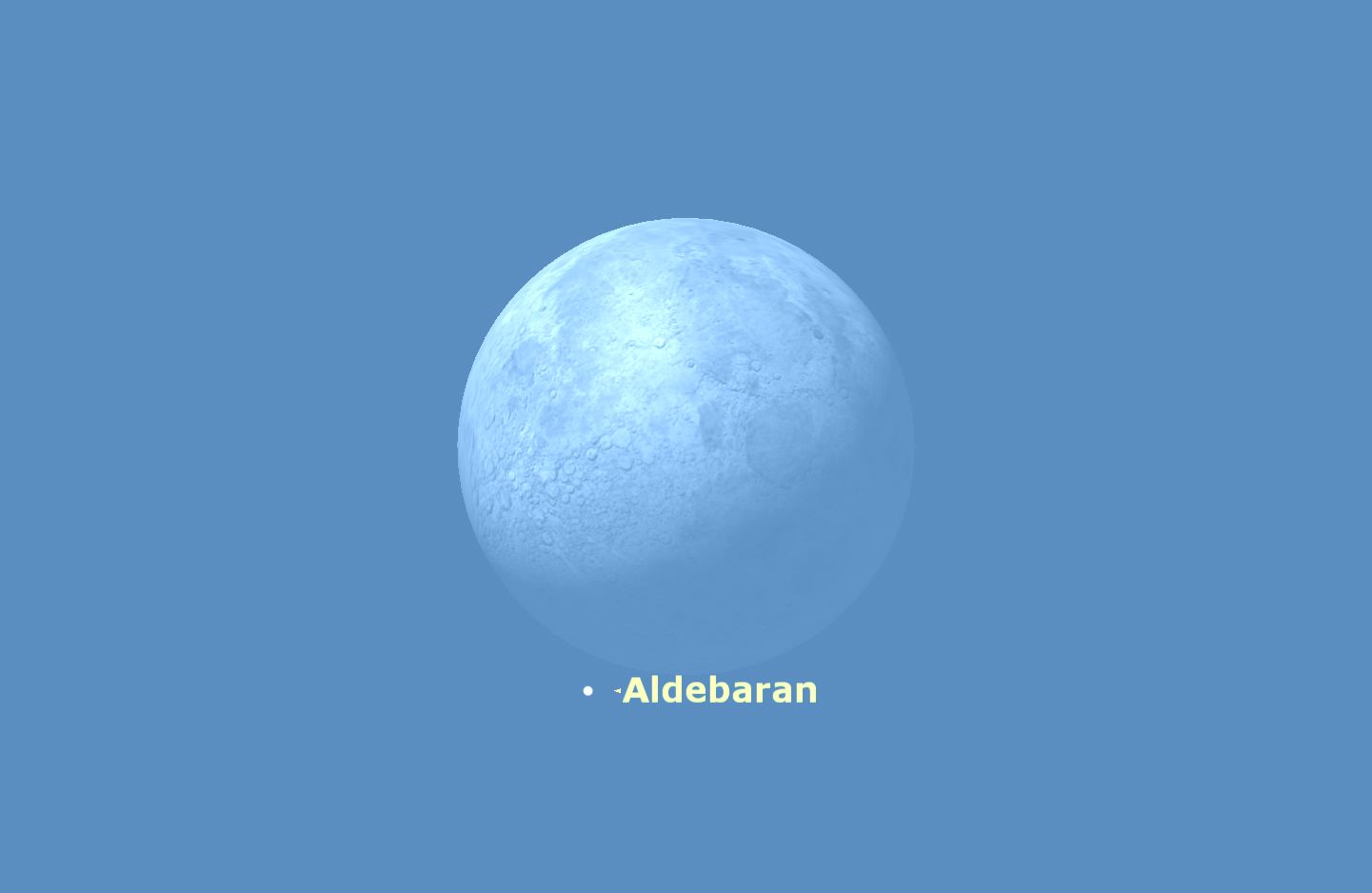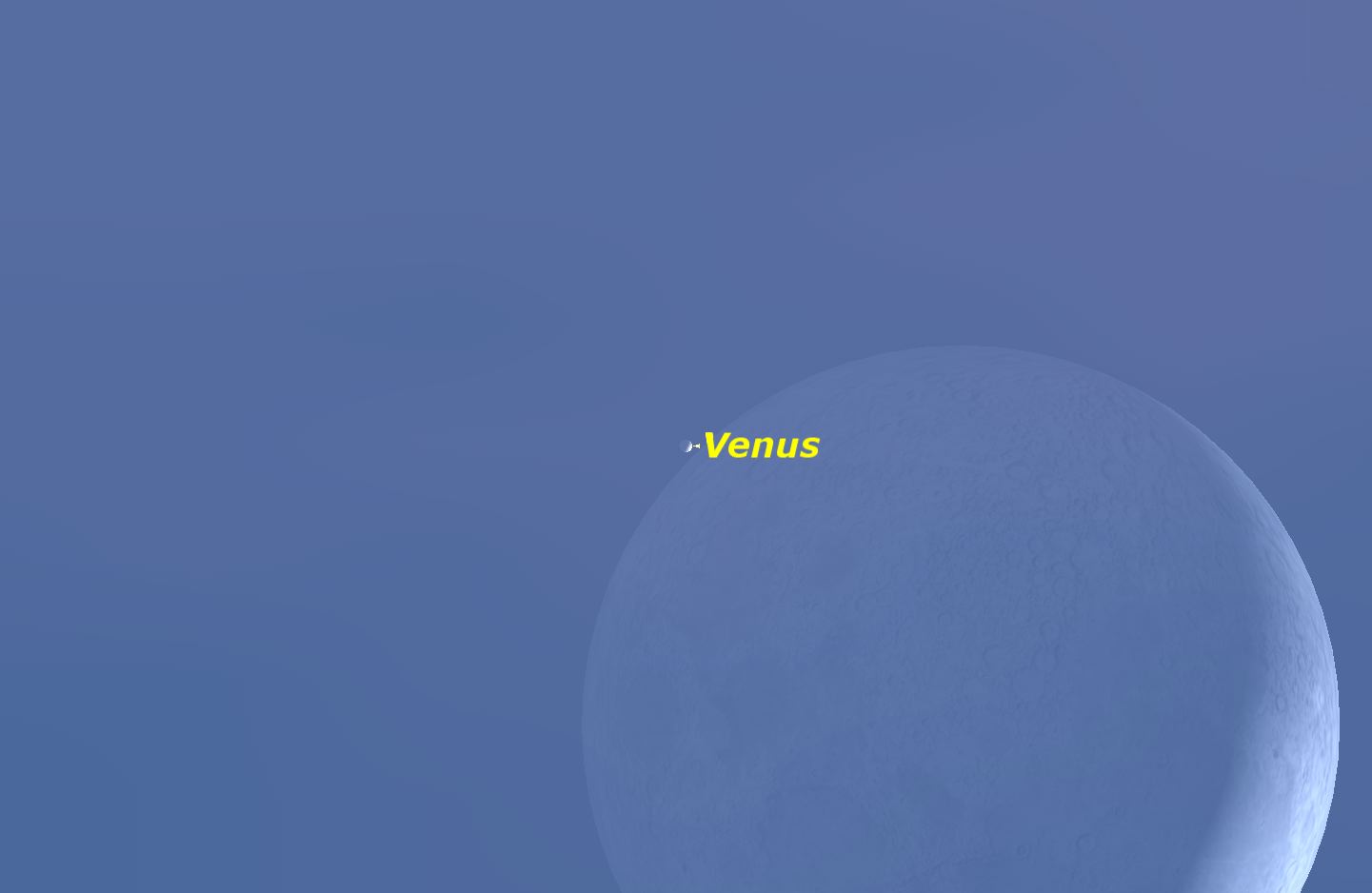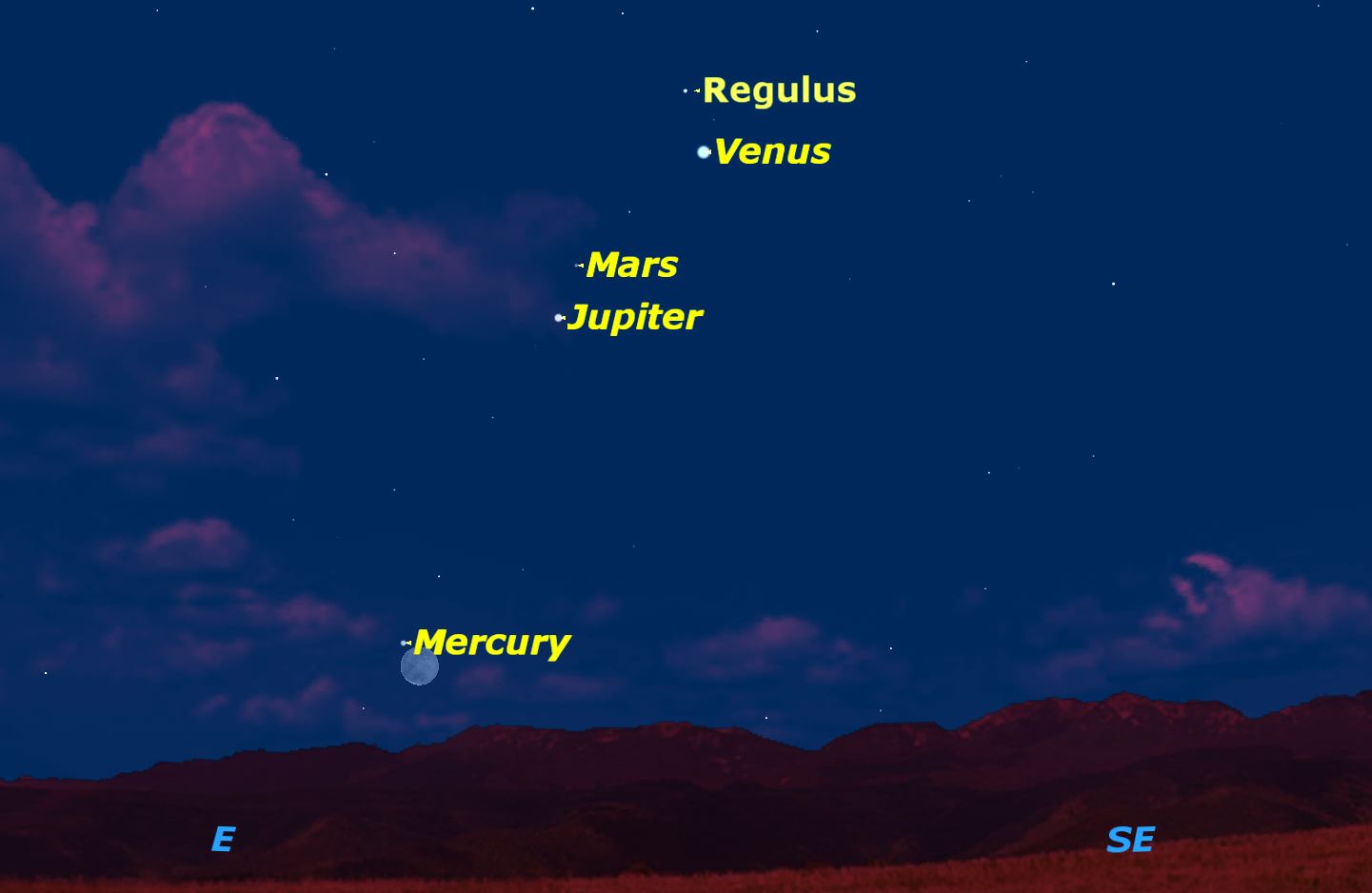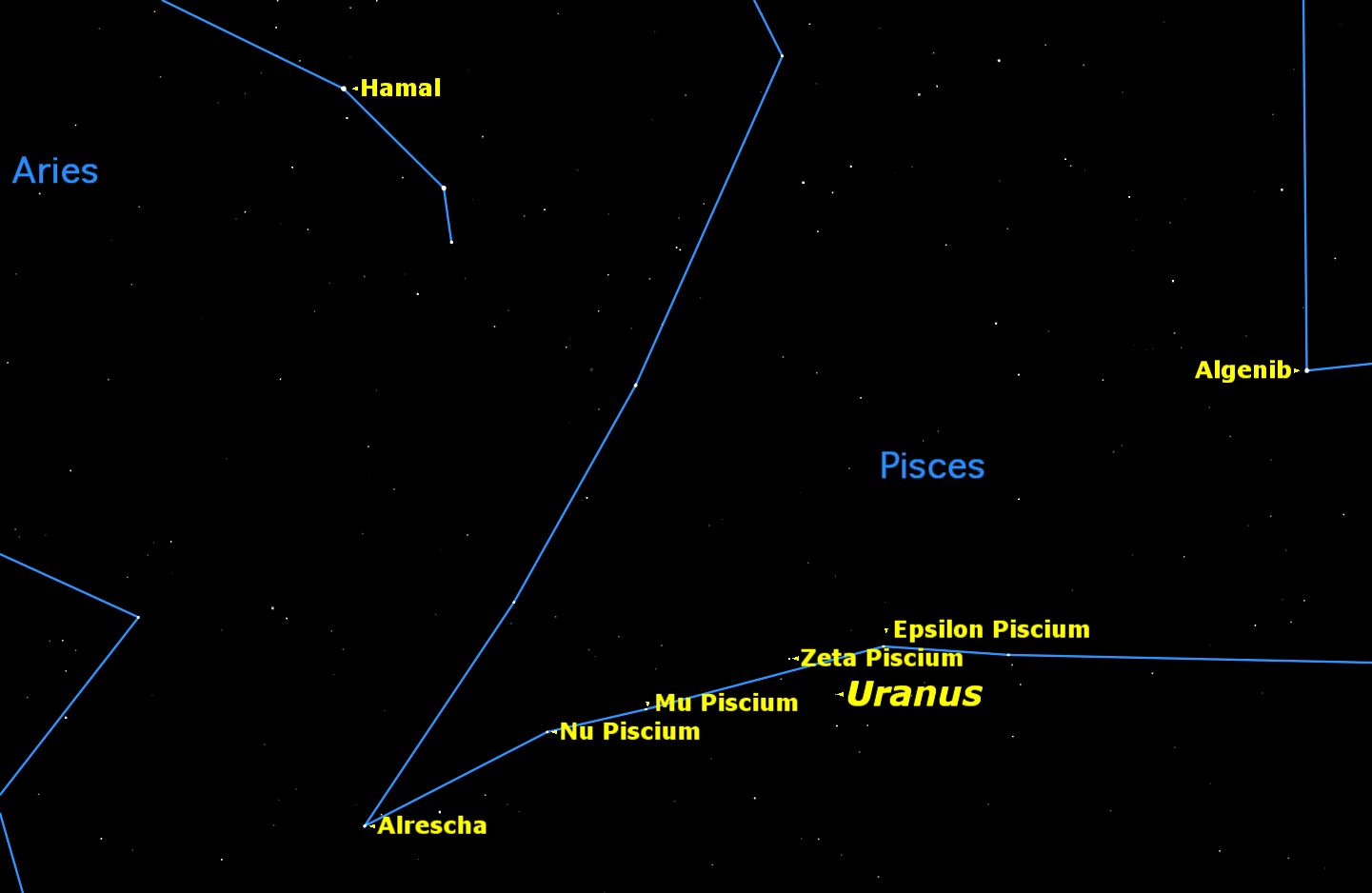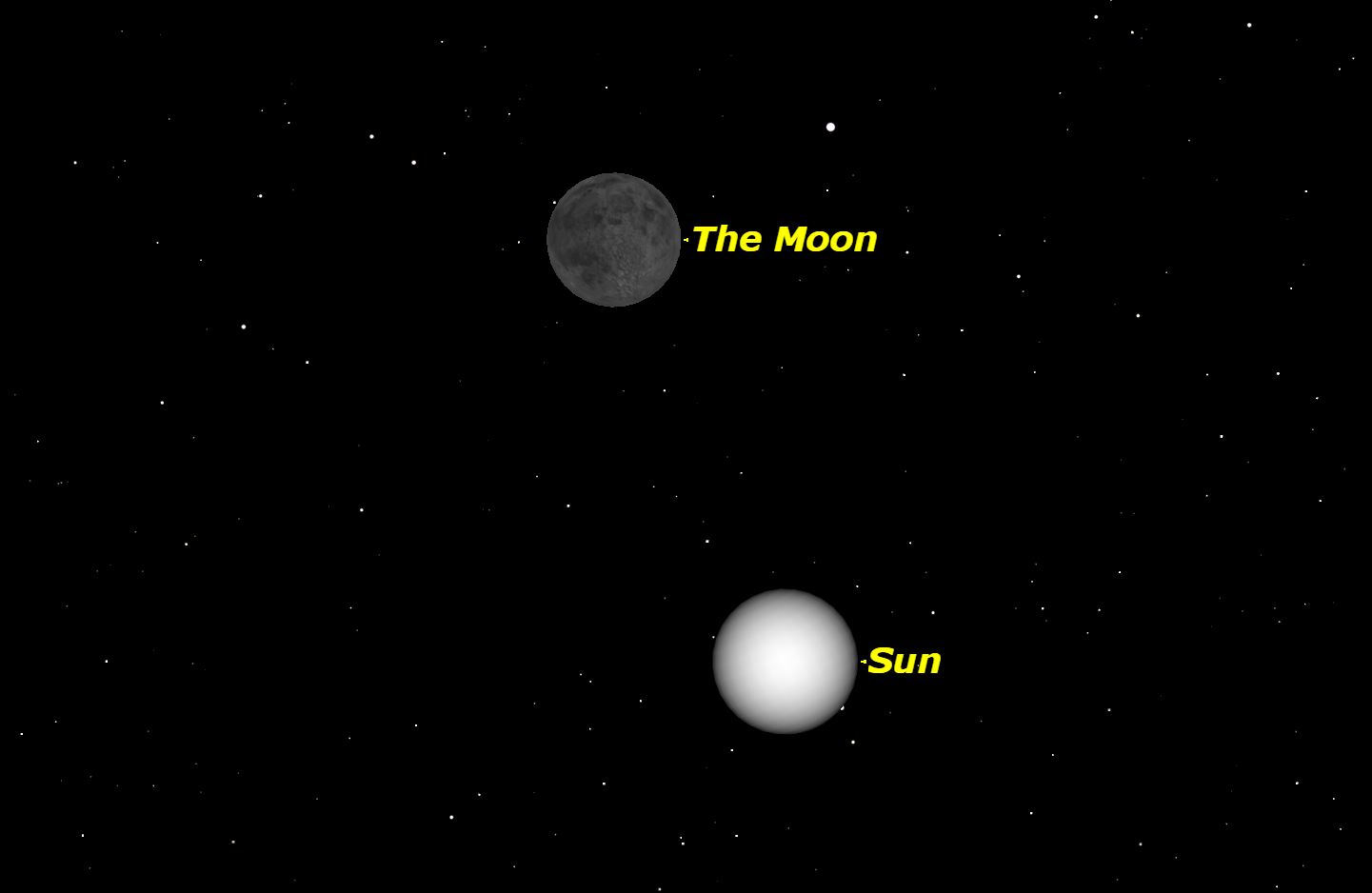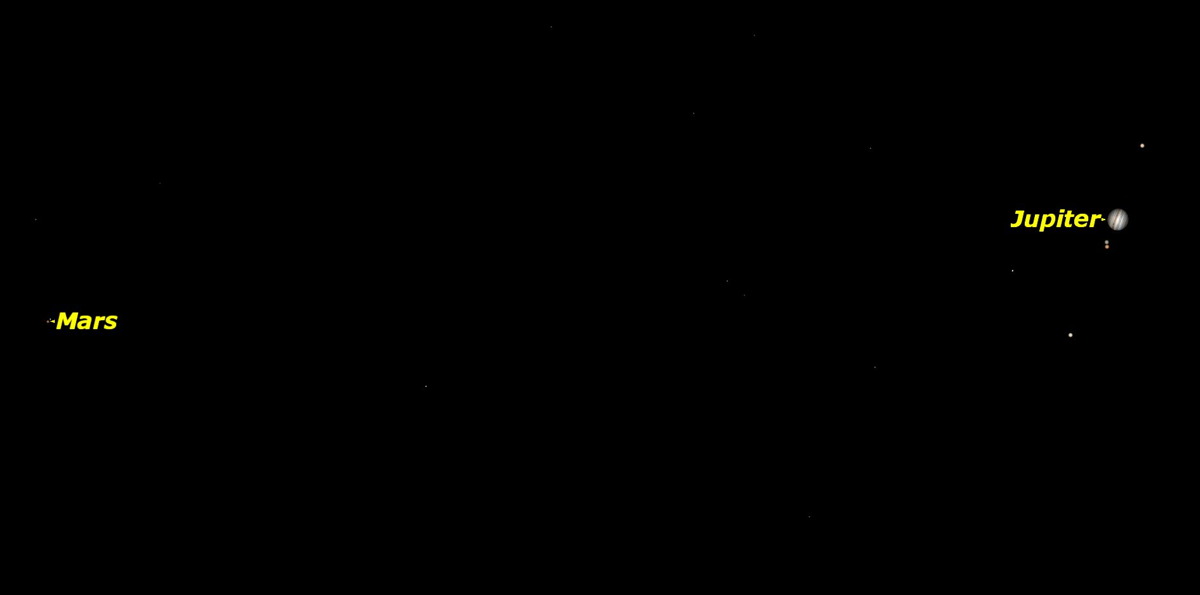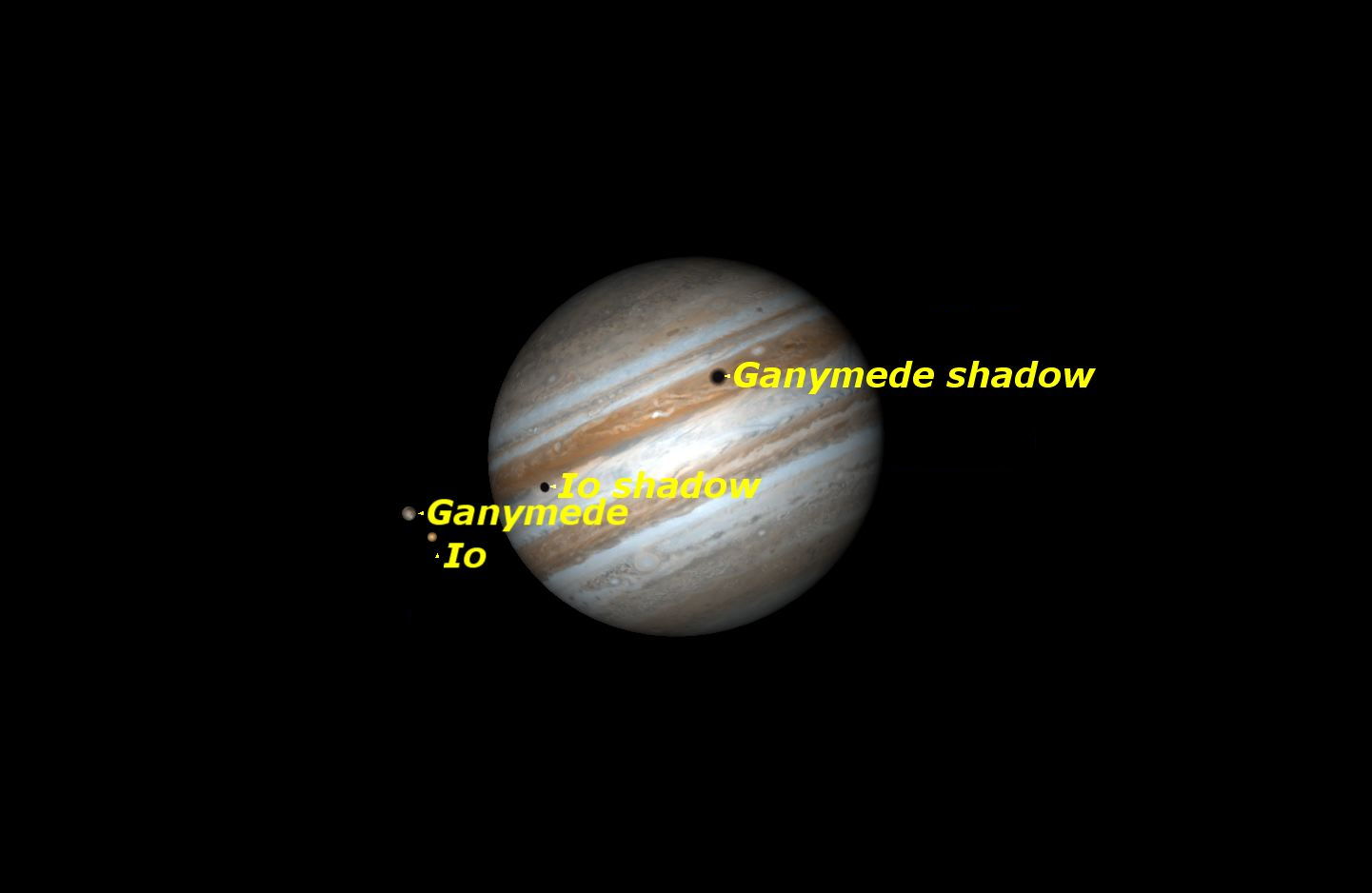Best Night Sky Events of October 2015 (Stargazing Maps)
Last Quarter Moon, October 2015
See what's up in the night sky for October 2015, including stargazing events and the moon's phases, in this Space.com gallery courtesy of Starry Night Software. HERE: Sunday, October 4, 5:06 p.m. EDT. The Last Quarter Moon rises around 11:15 p.m. and sets around 2:30 p.m. It is most easily seen just after sunrise in the southern sky.
Moon Near Aldebaran, Oct. 2, 2015
Friday, October 2, 9 a.m. EDT. The waning gibbous moon will occult Aldebaran as seen from Micronesia, Japan, and North America. This occultation will be in daylight in eastern North America, but Aldebaran should be visible in a telescope.
Moon Near Venus, October 2015
Thursday, October 8, 5 p.m. EDT. The moon will occult Venus as seen from Australia, New Zealand, and Melanesia. Best seen in North America around dawn on October 8.
Moon Near Venus, October 2015, in the Southern Hemisphere
Thursday, October 8, 5 p.m. EDT. The moon will occult Venus as seen from Australia, New Zealand, and Melanesia. Best seen in Australia and New Zealand at dawn on October 9.
Moon Near Mercury, October 2015
Sunday, October 11, sunrise. The moon will occult Mercury as seen from southern South America. Best viewed in North America half an hour before sunrise.
Zodiacal Light, October 2015
Monday, October 12–Thursday, October 24, before dawn. The best time in the year to see the dim glow of the zodiacal light in the pre-dawn eastern sky, the light reflected from millions of interplanetary particles. It lies along the ecliptic (shown in green). Don't confuse it with the Milky Way, further south.
Opposition of Uranus, October 2015
Monday, October 12, midnight EDT. Find Uranus at opposition by following the chain of stars in Pisces to a spot half way between Zeta and Epsilon Piscium, and a little to the south.
Breaking space news, the latest updates on rocket launches, skywatching events and more!
New Moon, October 2015
Monday, October 12, 8:06 p.m. EDT. The moon is not visible on the date of New Moon because it is too close to the sun, but can be seen low in the east as a narrow crescent a morning or two before, just before sunrise. It is visible low in the west an evening or two after New Moon.
Mercury at Greatest Elongation West, October 2015
Thursday, October 15, 11 p.m. EDT. Mercury will be 18 degrees west of the sun, best seen at dawn in the southern hemisphere.
Mars Near Jupiter, October 2015
Sunday, October 18, before dawn. Jupiter and Mars will be close enough to fit in the same field of a telescope.
Double Shadow Transit on Jupiter, Oct. 18, 2015
Sunday, October 18, 6:42–8:08 a.m. EDT. The shadow of Io chases Ganymede's shadow across Jupiter's face.

Geoff Gaherty was Space.com's Night Sky columnist and in partnership with Starry Night software and a dedicated amateur astronomer who sought to share the wonders of the night sky with the world. Based in Canada, Geoff studied mathematics and physics at McGill University and earned a Ph.D. in anthropology from the University of Toronto, all while pursuing a passion for the night sky and serving as an astronomy communicator. He credited a partial solar eclipse observed in 1946 (at age 5) and his 1957 sighting of the Comet Arend-Roland as a teenager for sparking his interest in amateur astronomy. In 2008, Geoff won the Chant Medal from the Royal Astronomical Society of Canada, an award given to a Canadian amateur astronomer in recognition of their lifetime achievements. Sadly, Geoff passed away July 7, 2016 due to complications from a kidney transplant, but his legacy continues at Starry Night.

